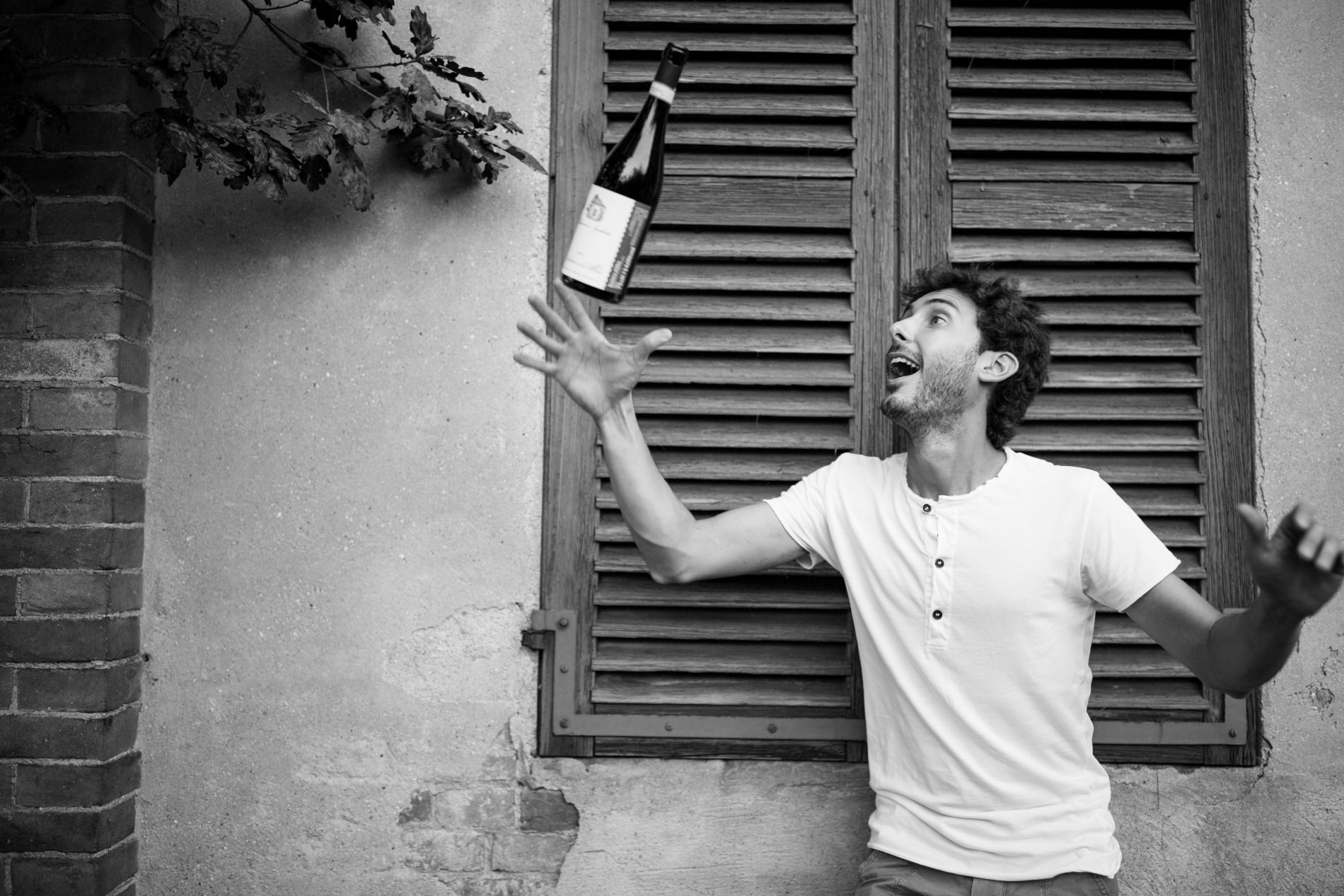Tasty reads
Roero DOCG a chat with producers (vol. 1)

Roero is a land of ancient secrets positioned to the left of the Tanaro River, where each vineyard tells a different story and each bottle holds a fragment of the past to be discovered. This is where Roero DOCG was born.
This wine, made from nebbiolo grapes, is certainly not intimidated by its better-known brethren; on the contrary, it discreetly but elegantly rises among the glasses of the most curious people.
We interviewed the producers who make it: are you ready to be enchanted by the mysterious charm of this wine?
Meanwhile, we would like to take this opportunity to thank them for sharing their knowledge with us-Silvia and Giacomo Barbero of Canale, Fabrizio Battaglino of the eponymous winery in Vezza d’Alba, and Alessandro Allerino of Cascina Goregn in Castagnito.
SILVIA AND GIACOMO — Nebbiolo follows a very specific specification to be called Roero DOCG. The soil type of the Roero, unlike the Langa, is sandy and rich in minerals and fossils, this greatly affects the characteristics of the fruit.
ALESSANDRO —- Being a nebbiolo from Roero, it is aged in wood 18 months. It can be described as very elegant on the olfactory level, it has very important scents, and in the mouth it is fine, fresh, whit a pleasant sip and not too full-bodied while making 14 degrees.
FABRIZIO — Nebbiolo from the left side of the Tanaro is less “strong,” less structured than that of the Langhe: there is more sand in the Roero soils, which gives elegance and more drinkability.
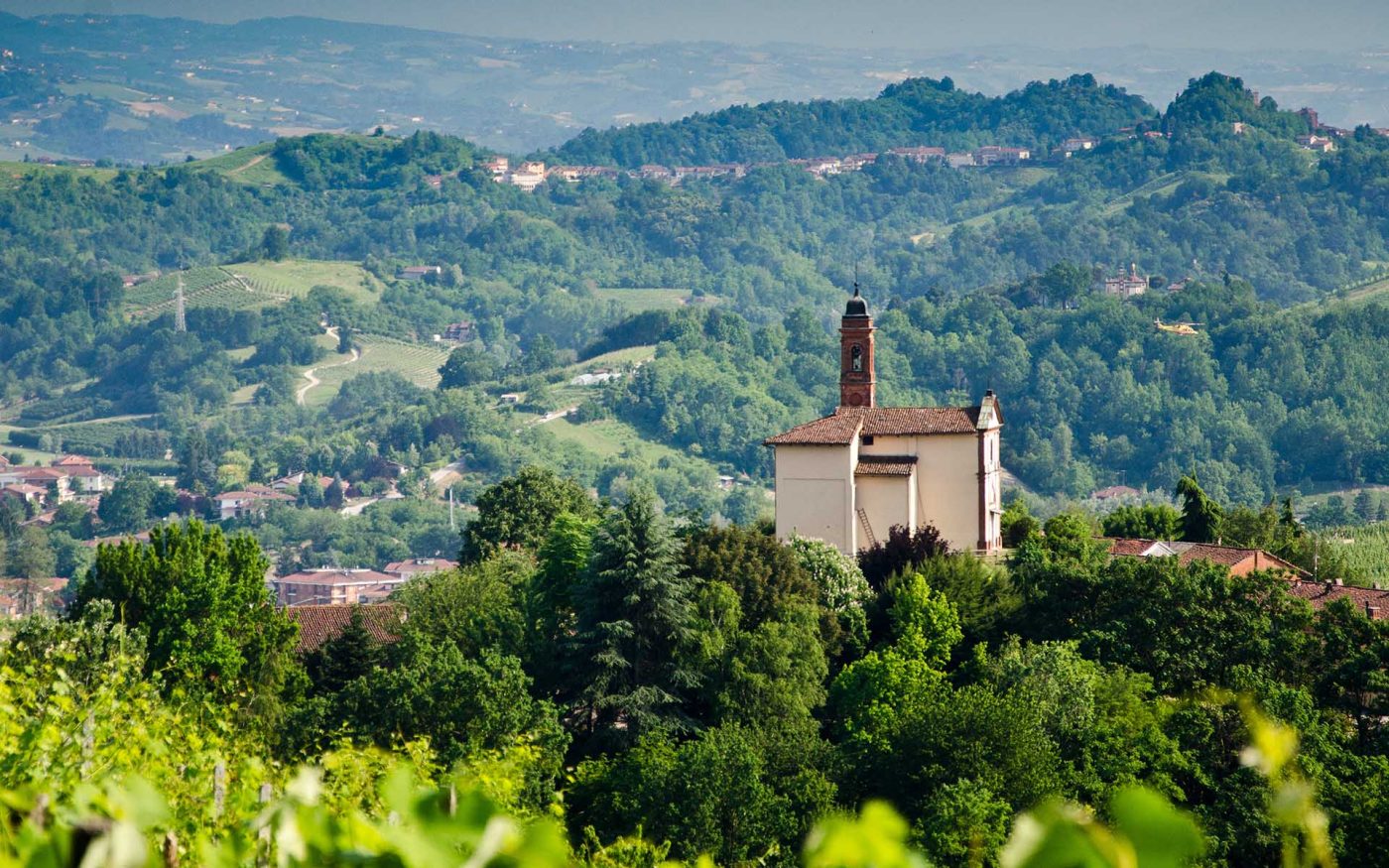
However, we Roero people also care about having a Nebbiolo of some importance, which is why we have kept the dual designation: Nebbiolo d’Alba for everyday consumption and Roero to elevate ourselves a bit. I make it with grapes from my oldest vineyard and better exposures just to give it more structure.
As a specification, aging changes: Nebbiolo d’Alba ages one year, while Roero ages 20 months, at least part of which is in wood.
SILVIA AND GIACOMO — Roero DOCG, we like it because we love nebbiolo, we like red grapes so much.
We grew up with Nebbiolo, and we think the Roero terroir gives even more special notes to the final product, for example, saltiness and elegance. When it becomes Roero then, it is even more so!
ALESSANDRO — Its finesse characteristics in the mouth do not make it “fat” or too complex, it never tires and has a very balanced sip.
FABRIZIO — It is a wine in which producers in Roero strongly believe because the nebbiolo grape is the princely variety, capable of expressing different facets both during vinification, in the bottle and then in the glass.
So it is a pleasure that changes over time: the aromas, fruits, spices and its complexity come out as you let it oxygenate.
SILVIA AND GIACOMO — To blue or very aged cheeses, to some processed meats, even challenging ones. We, in our tastings serve it with a small piece of dark chocolate – even 99% for those who can make it – which wraps around the palate just right, creating a unique combination!
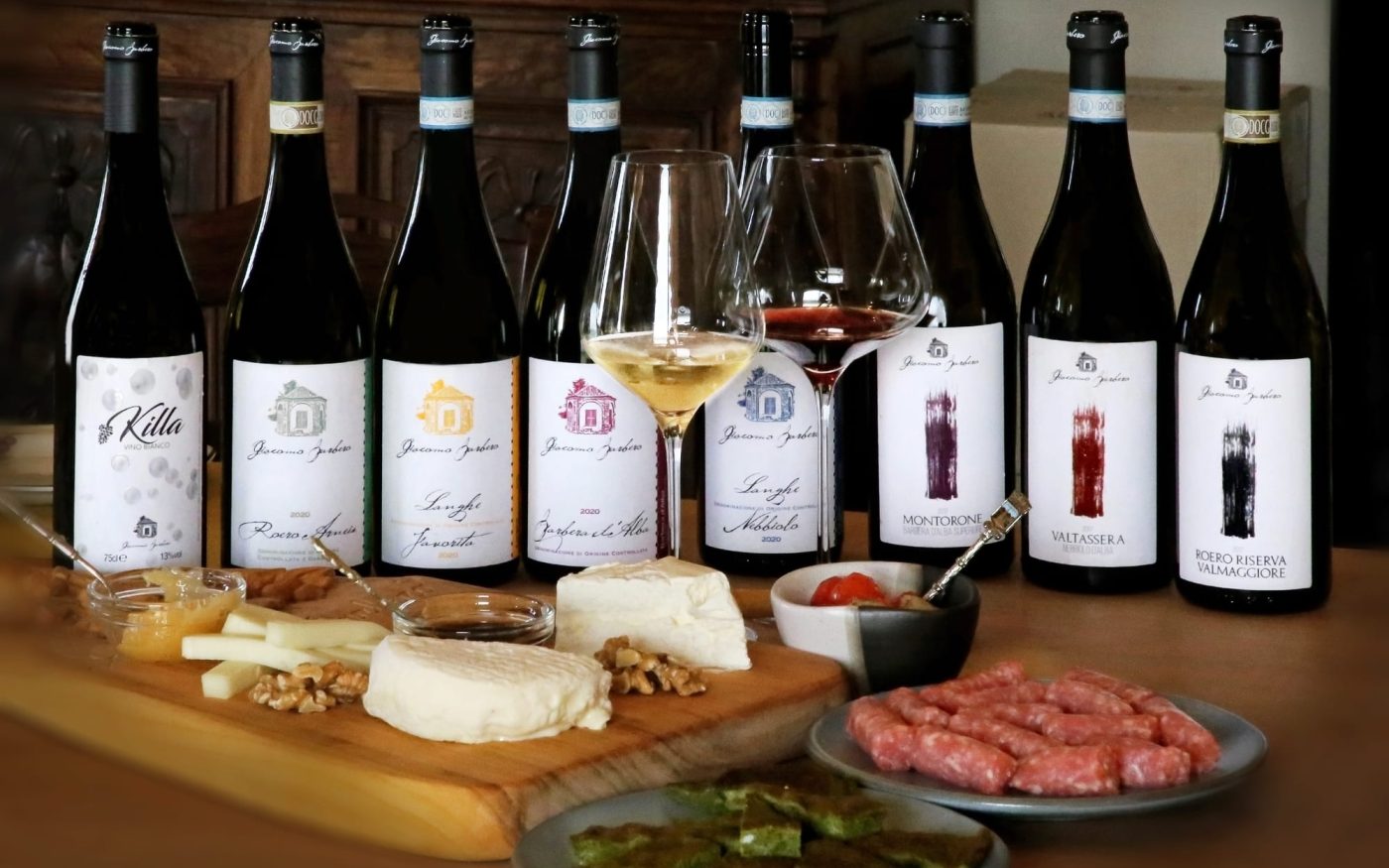
ALESSANDRO — With meat, mainly game: wild boar, venison, but also a rabbit. Or cold cuts and pasta dishes with roast gravy.
FABRIZIO — Having this fairly important tannic component, which helps to degrease and cleanse the palate, so I would say red meats such as cheek or braised beef, roast, tagliata, but also to some cheeses.
SILVIA AND GIACOMO — The Roero Riserva is the one we know the most because it is the one we process in our winery, in large barrels (where it stays there for at least 3 years) becoming a wine of great charm.
ALESSANDRO — We consider “normal” Nebbiolo d’Alba, which ages in cement or exhausted wooden barrels; while our Roero, ages 18 months in tonneau (a smaller wood, which releases notes of toast, spices and tertiary scents), so it is softer, with less aggressive tannins.
FABRIZIO — Earlier we were talking about Nebbiolo d’Alba doing one year of aging-it doesn’t matter if wood, steel-the Roero 20 months, at least 6 of which are in wood.
The Riserva requires an additional year’s refinement because perhaps, the producer is looking for more structure and so it needs to be softened a bit more. The result is therefore a longer-lived wine.
SILVIA AND GIACOMO — Barolo and Barbaresco are important and elegant wines, but very challenging to drink. Roero DOCG, on the other hand, given its even savory characteristics, never gets tiring you and entices you to keep drinking it.
ALESSANDRO — Barolo, in my opinion, is a full wine in terms of fatness: it has a longer aging with much more pronounced woody hints. Roero is finer and, in some ways, similar to Barbaresco.
It is very much about soil composition and grape processing: a well-vinified Roero is on par with a Barbaresco.
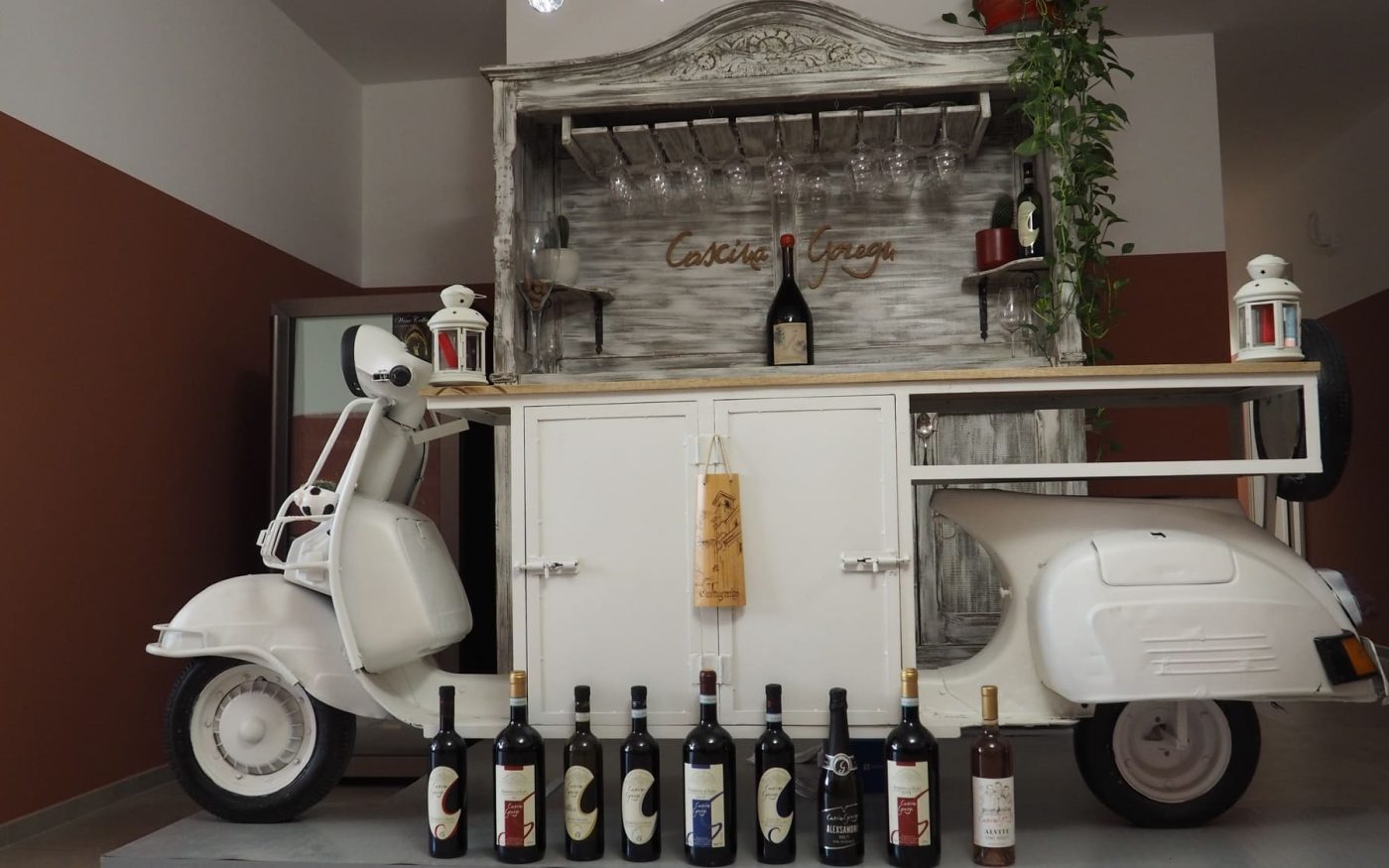
Castagnito is in the far east of Roero, with sandy soils, rich in deposits of limestone, marls and minerals, while those in the Langhe-in the Barolo area-are more clayey.
FABRIZIO — In 1985, when the Roero appellation was born, we desired to create a more important Nebbiolo. It was called nebiolin, not in a derogatory sense, mind you, but in the sense that it was a drinkable, everyday wine.
So with the Roero DOCG we have taken a step further to try to equate ourselves with Barolo and Barbaresco. The main difference lies in the terrain: in the Langhe, to the right of the Tanaro we have this clay, which gives more structure and austerity, while to the left of the Tanaro we have sand, which gives elegance and drinkability.
SILVIA AND GIACOMO — In the vineyard, especially in recent years, it is not easy to retain water in the soil: given the sandiness and steep slopes, little water struggles to stay in the soil so there is very fast drainage.
We are seeing real water stress, but this is the only critical issue I have encountered in the years I have been working – since 2016, we are therefore talking about 8 vintages.
In the winery, nebbiolo is vinified with total ease; in the field it can have low yields but then its processing makes up for this problem.
As far as the market is concerned, we try to communicate the characteristics of this wine as best we can: it is a little easier to drink and it has this fruity note that gives a more noticeable youth than a Barolo or a Barbaresco.
Our Roero matures 3 years in large barrel, so the processing is similar to Barbaresco, and as a target market, before Covid we were selling a lot in Holland, Germany, Denmark and even a little in Japan; however, now 70 percent of our market is domestic and 30 percent foreign, with the introduction of the United States as well.
ALESSANDRO — As far as winemaking is concerned, they are operational difficulties, because we are a small family winery. In the vineyard, however, the greatest difficulties are due to climate and diseases such as flavescence and esca disease to which Nebbiolo has never been too susceptible except in recent years. Their spreading so fast is undoubtedly due to the soil and climate conditions, which are becoming more and more extreme.
As a market, I find that foreign customers are less “conditioned” by fads, but more by their daily habits: countries such as Germany or Belgium, are fond of wood-aged wines, for example. In Italy, the greatest difficulty lies in competing with the giants.
In recent years, we have noticed that Roero finishes very quickly, although perhaps there is less product knowledge than Barolo and Barbaresco. When it is pointed out that they are made from the same grapes, customers are taken aback. Therefore, it is very important to enhance this product and to know how to communicate it to make people appreciate its qualities and potential even more.
FABRIZIO — The more time passes, the more the climate changes, the more we farmers have difficulties. The desire is also to adapt to a greater concept of sustainability so using products that are less chemically impactful, even for us producers who have to breathe it in.
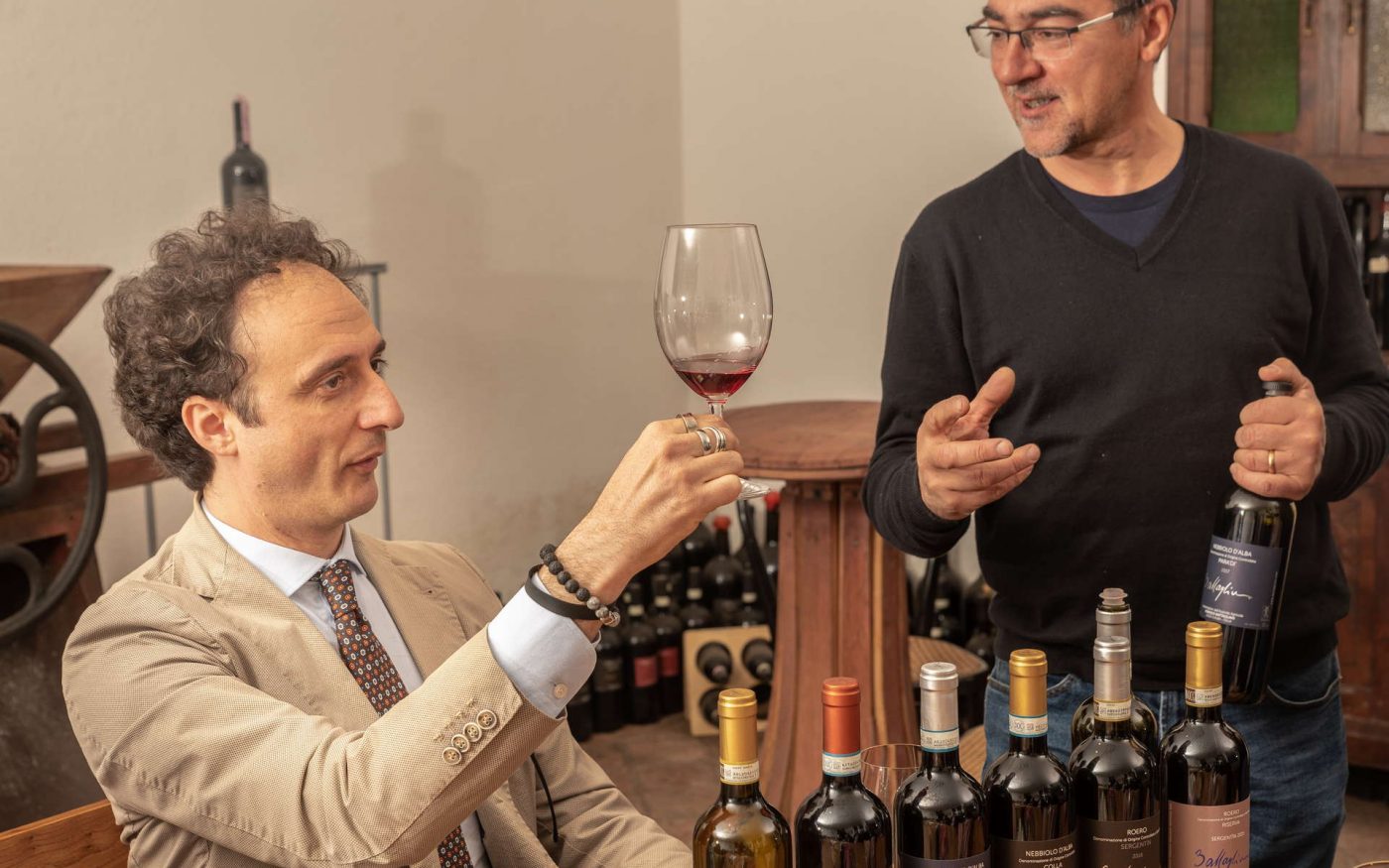
Unfortunately, with drought the plant goes into stress, so we try to find some different exposures than in the past: it used to be the west, because the setting sun helped the nebbiolo ripen well into October, early November; today it is the side east or southeast where the morning sun is less impactful, so the plant suffers less.
In winemaking, with more sunshine (and consequently more sugars accumulated in the fruit) the alcohol concentration increases. So far we have been relatively lucky because there has been a good balance: despite the sugary fruit, there is no alcohol in the wine, but hints of spice and fruitiness.
Sure, the alcohol content may be at 14 degrees, but the way of drinking has also changed; in the past, wine was a food, today it has become a pleasure so it is less impactful, if you will.
The market is our big challenge because, in the Roero, the flagship product is Roero Arneis, which has already had its breakthrough.
Roero DOCG is slowly moving in this direction in both Italian and foreign territory, thanks in part to the growth of wine tourism.
